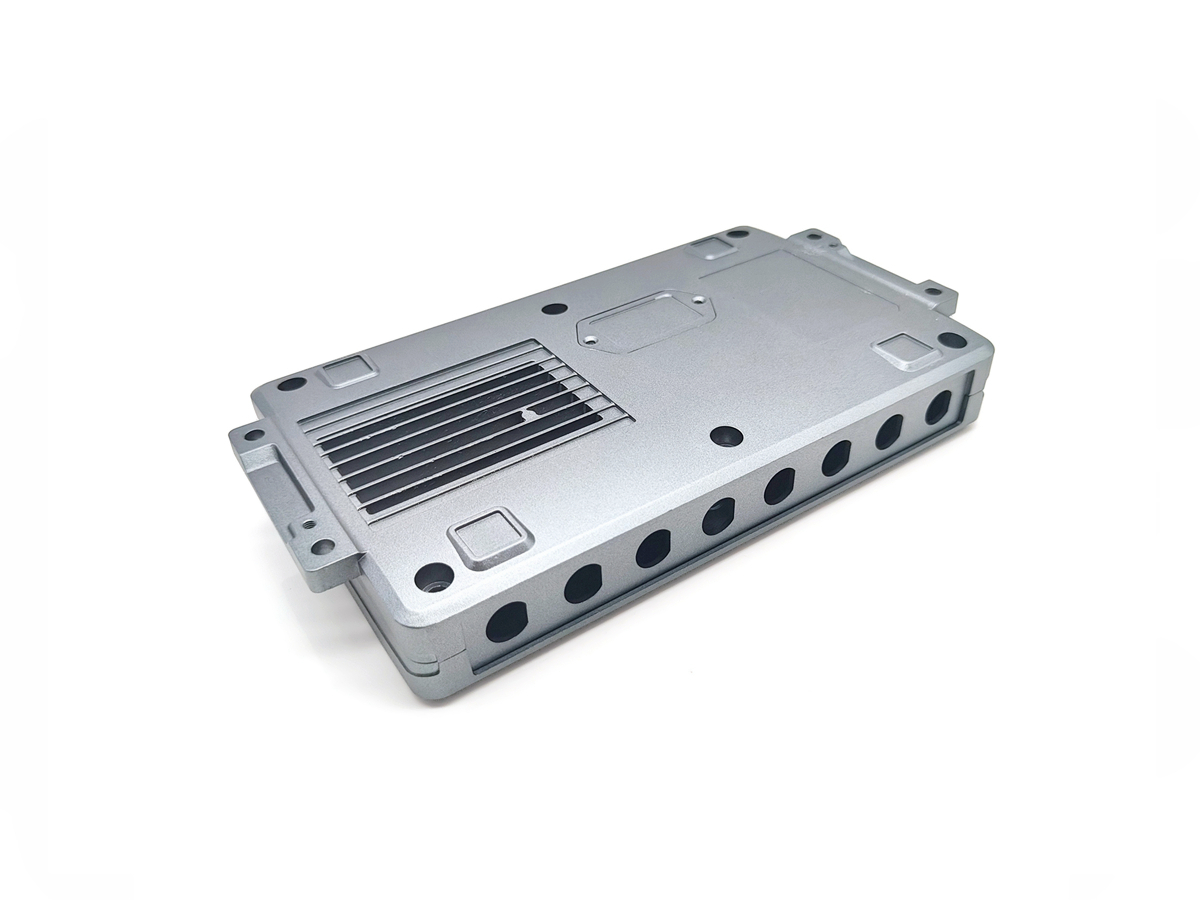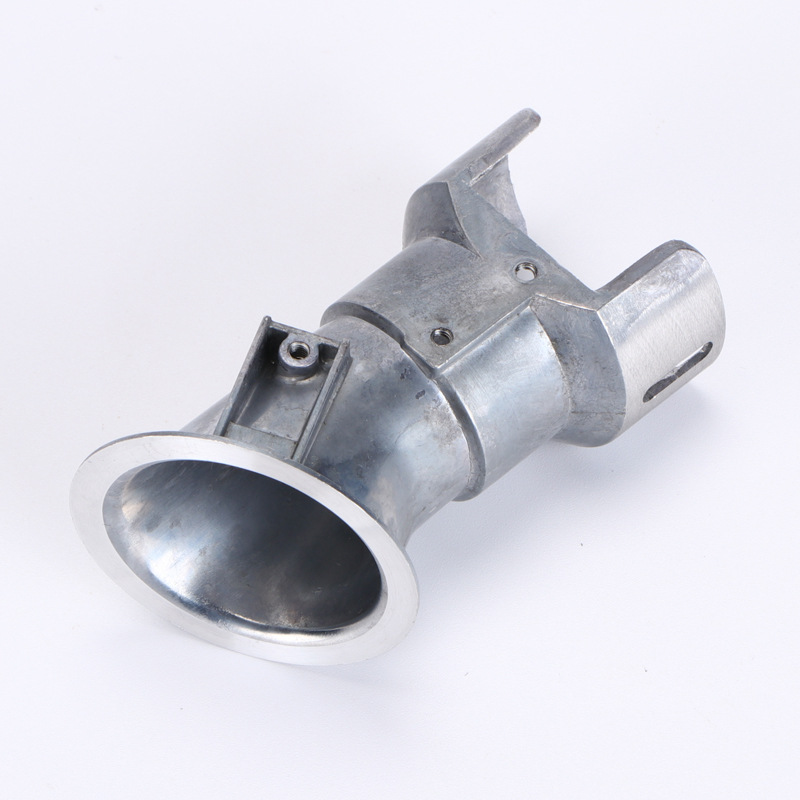A356
Introduction to A356
A356 is a hypoeutectic aluminum-silicon-magnesium alloy widely applied in high-integrity casting scenarios such as aerospace structures, automotive suspensions, and precision enclosures. Comprising approximately 7.0% silicon and 0.3% magnesium, this alloy effectively balances mechanical strength and castability. When artificially aged to T6 condition, A356 achieves tensile strengths up to 310 MPa while maintaining ductility levels above 5%, satisfying many OEM component performance requirements.
As part of the aluminum die casting alloy portfolio, A356 is optimized for applications that demand thin-walled geometry, low porosity, and high dimensional stability. At Neway Die Casting, A356 is processed using controlled solidification and mold temperature systems to reduce hot tearing and maximize material homogeneity.
A356 Chemical Composition
Element | Weight % | Function |
|---|---|---|
Silicon (Si) | 6.5–7.5 | Improves fluidity, reduces shrinkage |
Magnesium (Mg) | 0.25–0.45 | Enables heat treatment, enhances strength |
Iron (Fe) | ≤ 0.15 | Kept low to avoid embrittlement |
Copper (Cu) | ≤ 0.2 | Controlled to reduce corrosion vulnerability |
Titanium (Ti) | ≤ 0.2 | Assists grain refinement |
Zinc (Zn) | ≤ 0.1 | Present as a minor impurity |
Aluminum (Al) | Balance | Primary matrix material |
This composition complies with ASTM B26 and ISO 3522 standards for aluminum casting alloys.
Physical Properties of A356 Aluminum Alloy
Property | Value & Unit |
|---|---|
Density | 2.68 g/cm³ |
Thermal Conductivity | 130–160 W/m·K |
Electrical Conductivity | ~40 % IACS |
Coefficient of Thermal Expansion | 21–23 µm/m·°C |
Melting Range | 555–615 °C |
Specific Heat Capacity | ~963 J/kg·K |
These physical properties make A356 suitable for heat-dissipating parts like LED housings, compressor covers, and automotive pump casings.
Mechanical Properties (T6 Heat Treatment)
Property | Typical Value & Unit |
|---|---|
Ultimate Tensile Strength | 275–310 MPa |
Yield Strength (0.2% offset) | 200–240 MPa |
Elongation | 5–10 % |
Brinell Hardness | ~80 HB |
Fatigue Strength (10⁸ cycles) | ~125 MPa |
Modulus of Elasticity | ~71 GPa |
Mechanical characteristics are aligned with the requirements outlined in SAE J452 and AMS 4218 for heat-treated aluminum alloys in structural applications.
Castability of A356
A356 exhibits excellent foundry characteristics, making it one of the most frequently used alloys in precision sand and permanent mold casting:
High fluidity promotes complete cavity filling in thin sections
Low solidification shrinkage reduces hot cracking
Superior feeding characteristics minimize internal porosity
Excellent compatibility with semi-permanent core inserts and metal chills
In Neway’s metal casting process, A356 is cast using real-time thermal control systems, ensuring predictable microstructure and consistent wall thickness across batches.
Common Applications
A356 is engineered for moderate- to high-load components requiring a combination of light weight, corrosion resistance, and mechanical durability:
Automotive: Suspension arms, steering knuckles, compressor housings
Aerospace: Navigation enclosures, fuel system housings
Marine: Anti-corrosive pump bodies and valve housings
Energy: Alternator end covers, motor enclosures
General Industry: Structural brackets, light load-bearing frames
Rapid prototyping of critical components before production tooling
Machining Challenges and Solutions
Despite its overall machinability, A356 presents specific challenges during high-speed or high-precision machining operations:
Entrapped gases and shrinkage porosity may cause tool chatter or insert failure
High silicon content (eutectic structure) accelerates cutting tool wear
Thin-walled castings may experience stress warping post-fixturing
To ensure geometric accuracy, post-machining services at Neway incorporate:
CNC path optimization tailored for Si-rich microstructures
PCD or TiAlN-coated cutting tools to prolong service life
Secondary heat treatment (stress relief) prior to finishing
CMM-based in-process inspection ensuring ±0.05 mm tolerances
Surface Treatment Compatibility
A356 offers excellent substrate behavior for surface finishing methods, enhancing both durability and cosmetic value:
Anodizing increases surface hardness and corrosion resistance
Powder coating adds abrasion resistance and UV protection
Painting and polishing achieve commercial-grade aesthetic quality
These treatments help extend the life of parts in marine, outdoor, and corrosive chemical environments.
FAQs
What heat treatments are commonly used for A356 aluminum castings?
How does A356 compare to A319 or A380 in terms of mechanical performance?
Is A356 suitable for thin-wall complex part designs?
What is the typical porosity level for A356 sand cast parts?
Can A356 parts be TIG or MIG welded after casting?


